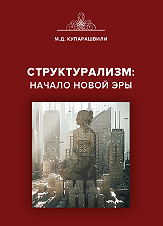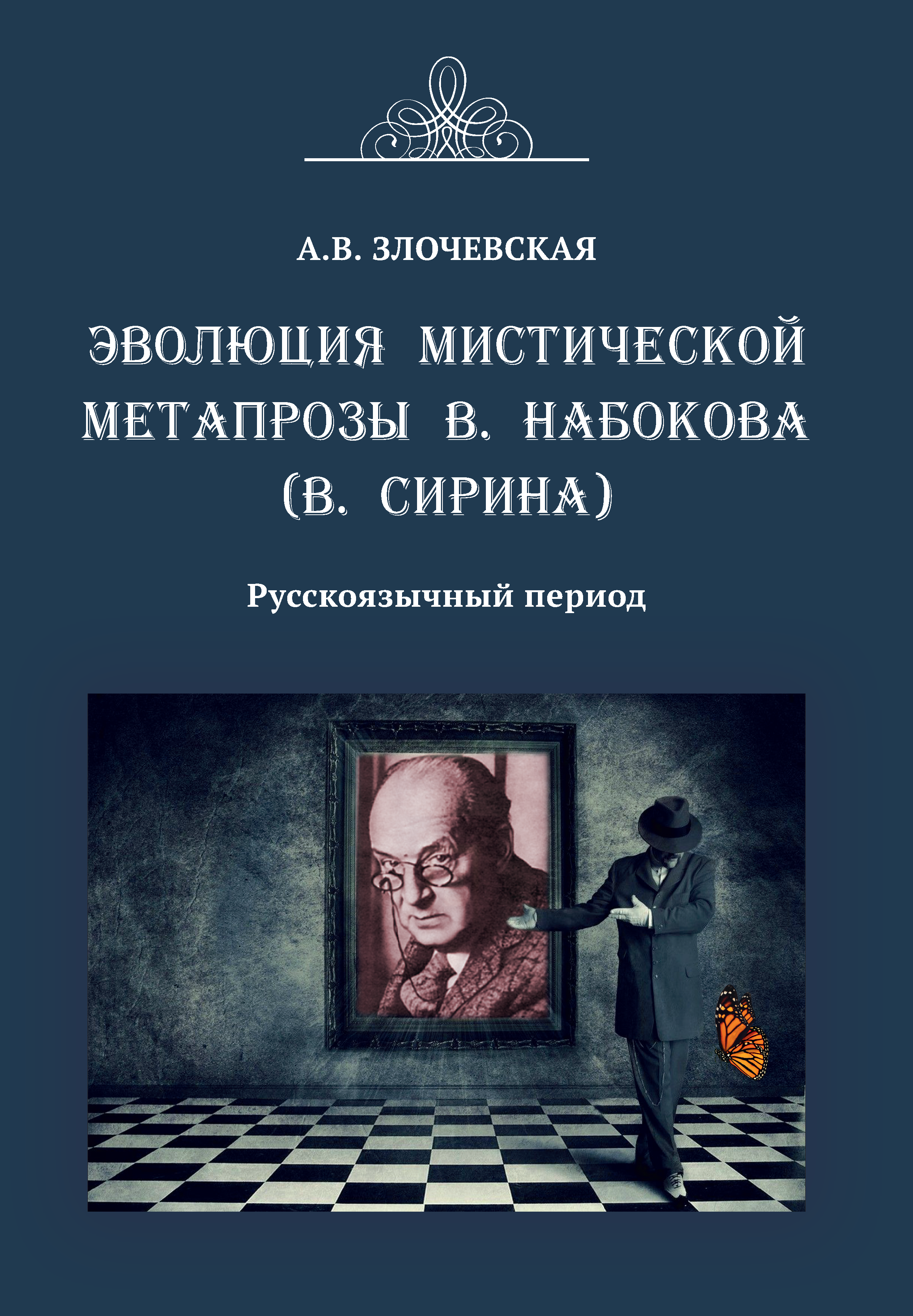UDC 378:37.09
https://doi.org/10.20339/AM.10-19.064
I.O. Kirilchuk is Cand.Sci. (Engineering), doc. at South-West State University, Kursk city e-mail: iraida585@mail.ru
The problem of the gap between science and other areas of culture in university teaching of natural and technical disciplines is analyzed. The author finds a solution to the problem introducing technology “cultural shock” in teaching that disciplines at the university, based on identification and use of their humanitarian potential. The purpose of this technology is to train graduate, who possesses not only knowledge, skills, abilities and competences in separate professional field, but also having general cultural erudition, able to solve professional tasks in the context of culture. The author considers not only value foundations of educational practice, but also gives procedural characteristic (activity algorithm) and distinctive features of developed technology.
Key words: humanization of higher education, law of vivid impressions, cultural shock, teaching technology, natural and technical disciplines.
References
1. The Order of the Ministry of Education & Science of the Russian Federation of April 5, 2017 No. 301 “On approval of the procedure for organizing and carrying out educational activities on educational programs of higher education undergraduate, specialty, mastership”.
2. Dauletkeriev, A.R. The role of the humanities in humanization of scientific and educational space. URL: https://almavest.ru/ru/archive/2980/4495
3. Dumchev, A.A. Remember everything: practical guide to development of memory. Moscow, 2017. P. 100–102.
4. Bessarab, M.Ya. Landau. Moscow, 1999. P. 268.
5. Vakhrushev, A.A. Ecological education as guarantee of the future for humanity. Primary school. 2013. No. 11. P. 8–14.
6. Mazharova, A.G., Pankratova, M.E. Evolution of types and forms of classroom studies in the system of higher education. Modern education: content, technology, quality. 2018. Vol. 1. P. 142–144.
7. Bogdanova, N.A. On the issue of didactic tools in educational process. National Association of Scientists. 2016. No. 3–1 (19). P. 62–63.


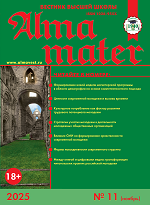
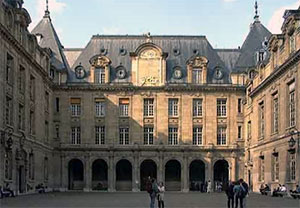
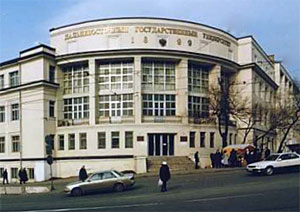
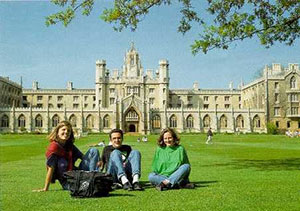

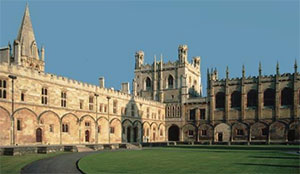
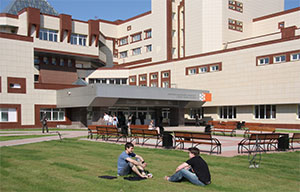


.png)
